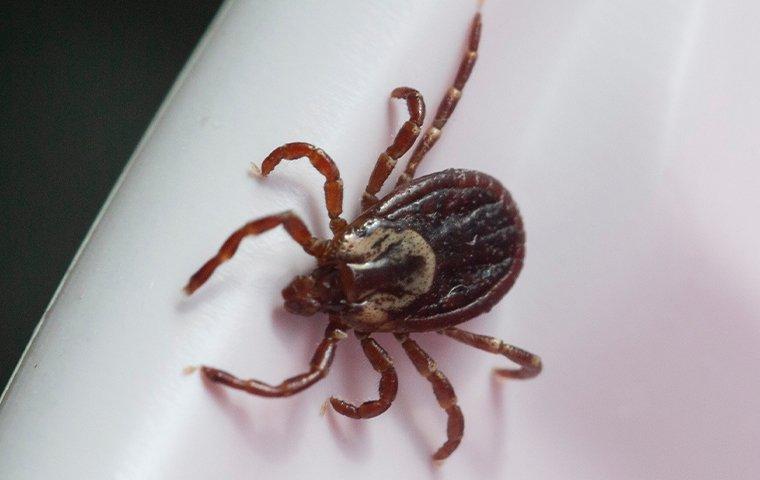If you’ve been living in Hudson Valley for a very long, then you know that ticks can be a huge problem in this area. You may have found ticks on your pets or crawling on your own body. If you have kids, there’s a good chance you’ve seen a tick or two on your children. Here’s a secret on how to prevent tick bites.

Tick Spread And Identification
Before we get into prevention, we need to take a closer look at what ticks are, where they hide, and how they travel. In Hudson Valley, you might be dealing with black-legged ticks, lone star ticks, or American dog ticks. Ticks hide in tall grass and bushes waiting for prey. They usually get onto your foot or ankle and then crawl up until they find exposed skin where they will bite. They often bite in areas where they feel less exposed, such as the back of your neck, your armpit, and other warm, moist areas. Because ticks latch on when biting, they can travel great distances on their victim. They may travel on humans, pets, or wildlife.
Ticks: Dangerous Pests
You might be familiar with some of the dangers of a tick bite. Lyme disease is one of the most common and potentially most dangerous tick-borne diseases. Others are babesiosis and anaplasmosis.
Just because you were bitten by a tick doesn’t mean you contracted a disease. Tick bites can be harmless.
Often a tick bite results in a bull’s eye-shaped rash. If you have picked up a disease from a tick bite, you may experience symptoms such as fever, chills, muscle aches, or fatigue. If you experience any of these symptoms after a bite, you should seek medical care.
Keeping Ticks Off Your Lawn
The secret is to control the tick population on your property. Here are some steps you can take in order to do that:
- Stop wildlife. Ticks travel on rodents, deer, and raccoons. By installing fences and keeping wildlife away, you minimize the risk of ticks being transported into your yard.
- Check your pets. Pets are a common culprit for bringing ticks into your home. Anytime you go for walks or spend time in nature, inspect your pets for ticks. Check around their legs, ears, stomach, and mouth.
- Protect your pets. Besides inspecting your pets often, consult with your veterinarian to find out which tick and flea prevention is best for your pet. Anti-tick products don’t guarantee protection, but they will help.
- Inspect yourself and your family. After spending time in nature, check your family for ticks. It’s a good idea to do an initial check before entering the house and then inspecting yourself and your kids more thoroughly once inside.
- Trim the grass. Since ticks hide in areas of dense vegetation, you can prevent them by removing these hiding places. Keep your grass short, your bushes trimmed, and your yard well-cleaned. This is especially important in areas where your pets and children play.
- Remove debris. Ticks might also hide out around log piles, cardboard boxes, gardening trash, or other debris. The cleaner and clearer your yard is, the fewer hiding places ticks will be able to find.
- Call Pestmaster® Services.
For the best tick prevention, call in the professionals to help you make sure you’ve eliminated attracting factors and hiding places. We’ll help you get your yard set up as a tick-free area. If you need help preventing ticks or have any questions about tick prevention and elimination, get in touch!
.png)
